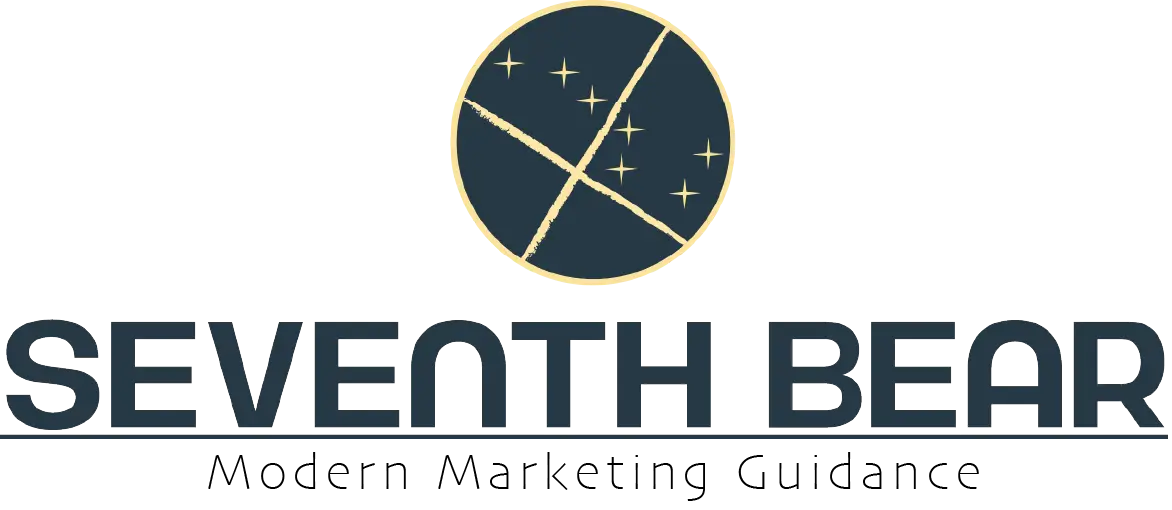Collaboration. It’s the buzzword that companies love to toss around like confetti at a New Year’s party. “We need more collaboration!” and then schedule another round of soul-sucking Zoom calls as means of fulfilling that need.
News flash, “group work” isn’t the same as “collaborative work”. And it’s shocking how many people miss this.
Collaboration isn’t about just putting people in a group and having them “work” together on a specific output. That is akin to putting a bunch of puppies in a room and asking them to arrange themselves by breed for a group photo. No matter how clear your instructions are or what amazing snacks you bribe them with, chances of capturing a photo without getting peed on basically nil.
Collaboration is about creating an environment where by having team members work together improves the process efficiency and effectiveness. Where it ultimately elevates the output beyond what doing it alone would have. Where when planned with purpose and thoughtfully convened, collaboration can be a powerful force for innovation and efficiency.
The Collaboration Edge: Where Efficiency Meets Innovation
So, how do you find this elusive Collaboration Edge without over- or miss-stepping? Or worse, falling into the productivity black hole of Gantt charts, email chains, and calendar conflicts that suck up time and energy and can land you further behind the line where you started? It all boils down to three key pillars:Context & Shared Purpose, Connected Workflows, and Team with Trust & Psychological Safety.
1. Start Aligned: Context & Shared Purpose
Nothing kills momentum faster than a team that doesn’t understand why they’re working together. Collaboration without a understood (and believed in) shared purpose is like assembling IKEA furniture without instructions—confusing, frustrating, and likely to result in someone sitting on the floor in a crumpled heap, crying.
For collaborative efforts to be productive and successful, every team member needs to be crystal clear on:
- What success looks like.
- How their contribution connects to the team’s goals.
- Why their role matters in the effort, and the bigger picture.
Without shared purpose, collaboration devolves into a mess of competing priorities, wasted effort, and palpable often destructive friction. And friction is marketers’ kryptonite. It can paralyse everything. But, when everyone is rowing in the same direction, collaboration stops feeling like a chore and starts driving real results. Teams that align around a shared mission experience higher engagement, faster decision-making, and more meaningful contributions.
So how do you ensure a shared purpose? Start with transparency.
Make sure every project kicks off with a clear explanation of the goals, the stakes, and how each team member fits into the bigger picture. Enable open discussions and embrace valuable friction. Create an environment where team members are encouraged and empowered to ask questions and get clarity. Because when people understand their purpose, they are typically more invested and bring more passion and creativity to the table.
2. Connected Workflows: Tools, Processes & Autonomy That Actually Work
Nothing says efficiency and innovation like having to maneuver between multiple collaboration tools just to approve a single slide deck (note the dripping sarcasm). Overcomplicated or conversely, non-formalized workflows create bottlenecks, slow progress, and frustrate the hell out of employees; a trifecta of success killers.
Conversely, collaboration works best when:
- Tools are integrated and intuitive (and employees have been formally trained on them).
- Processes support progress, not slow it down.
- Autonomy is encouraged, so employees can make decisions without needing five levels of approval.
To optimize workflows, eliminate redundancy and streamline communication is no small task, but when broken down and attacked bit by bit, it is totally doable.
Where to start? Do a quick audit of your collaboration stack—do you really need Slack, Microsoft Teams, Asana, Trello, AND Google Docs? Chances are, half of those tools have overlapping functions. Pick a core set of tools that work seamlessly together rather than overwhelming your team with unnecessary complexity.
Then think about workflow clarity. The more clear the process, the more efficient it will be. Make sure team members know exactly:
- Who to go for approvals and who has final say (think RACI models),
- Where to collaborate on documents, and
- What tools and means of communication to use for what purpose. Heads up – not every discussion need to be a massive meeting.
When done right, connected workflows feel less like a forced group project and more like an Michelin Star restaurant team delivering the best meal experience of your life.
3. Trust & Psychological Safety: Make It Safe to Think Boldly
It’s obvious that having a team with the right and necessary skills, knowledge and expertise is essential to any project’s success. But even if you have assembled the best in the biz, if there are team members who are terrified of speaking up or operate from a “win at all costs” perspective (you know, the ones who think there is an “I” in team), your collaboration is already broken. Successful collaboration, and true innovation, happens only when people feel safe to:
- Challenge ideas without fear of backlash.
- Admit mistakes without career-ending consequences.
- Experiment, iterate, and improve without being micromanaged.
Too often, companies say they value collaboration but punish people for thinking differently or reward those who strive for personal victory versus shared glory. When employees fear judgment, they stay silent in meetings, nod along with ideas they know are bad, and withhold valuable insights. That’s not collaboration—that’s compliance, and it’s a killer of innovation.
Psychological safety isn’t just a squishy, feel-good concept; it’s essential for high-performing teams. Leadership plays a crucial role here. They need to foster a culture where feedback is welcomed, mistakes are treated as learning opportunities, and differing opinions aren’t seen as threats but as valuable contributions. Because when employees feel safe expressing their ideas and concerns, they are more likely to bring their full commitment, creativity, and problem-solving abilities to the table.
The Collaboration Edge in Action
Successful companies don’t just talk about collaboration; they enable it. They actively build and maintain a culture of trust, work to streamline and improve collaboration, and a relentless focus on purpose-driven teamwork.
Collaboration isn’t just about tossing everyone into a Slack channel and hoping for the best. It’s about alignment, efficiency, and trust. The best teams don’t just work together; they thrive together because they know why they’re collaborating, they have the right tools to do it efficiently, and they trust each other enough to take bold risks.
If your collaboration efforts feel more like busywork than breakthrough innovation, it’s probably time to embrace the collaborative edge. Check out our recent Seventh Bear webinar on the Power of Collaboration and Bear In Mind podcast episode on the Importance of Teams for more insights on teams, leadership, and how to collaborate to build innovation and success.
And, before you call yet another brainstorming session, ask yourself—are you truly fostering collaboration, or just creating more noise?





